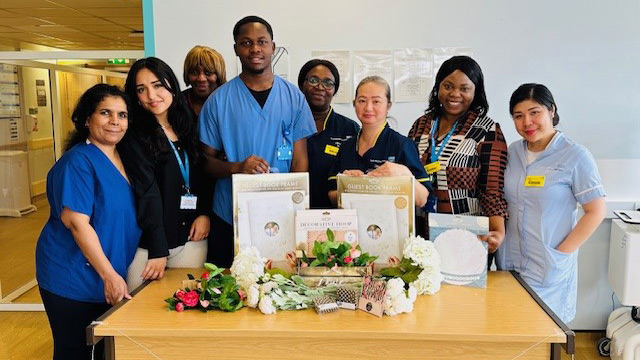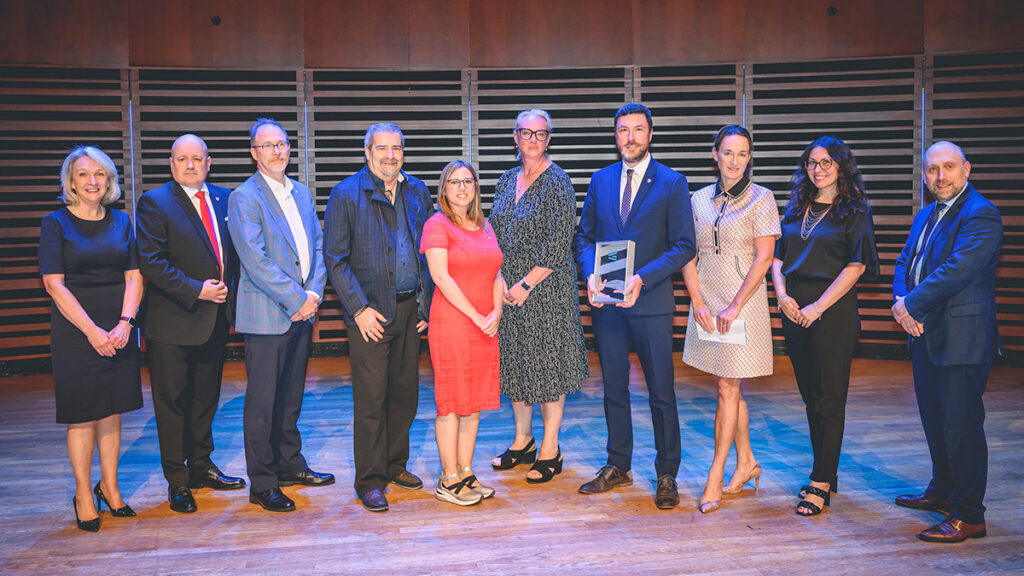June 2022
Offsetting: Thinking Nature Local and Globally

Reduce, Replace and Offset are the key aspects to achieving your Net Zero ambitions. The first steps organisations take often focus on the Reduction of energy usage and the Replacement of traditional hydrocarbon energy. Implementing renewable energy and clean technologies, such as air source heat pumps, as alternatives to sources such as natural gas.
However, we live in a carbon-based society, so the solution is about balance. Establishing your long-term and sustainable offsetting strategy is an activity for now, not sometime in the future. When thinking about your Offsetting strategy, we at Vercity are encouraging our clients to consider two factors:
- Offsetting via carbon emission absorption technology, taking the greenhouse gases out of the atmosphere.
- Thinking locally, not just globally. What can you do to benefit the environment and, therefore, the community around your project?
For the purpose of this discussion, we will focus on Nature’s own land-based technologies for carbon absorption, trees. To help frame our discussion, let’s start by looking at the global challenges.
The Global Challenges
Research tells us that managed and protected reforestation plays a key role in tackling the effects of human-made climate change. Estimations say that over 12,000 years, human activity has seen the global tree population reduce by half. What’s more, we continue to reduce this by an estimated 10 billion trees a year. It finds that the Congo River Basin remains the only significant net carbon sink of the three great rainforests. While The Amazon River basin remains a net carbon sink, deforestation means the pivot point draws closer. Additionally, decades of intense deforestation mean the South Asia Tropical rainforest is now a net carbon emitter.
In 2021 research in the “Nature Climate Change” estimated that global forests provided a net carbon sink of around 7.6 Gt of CO2e per year. (Giga tonne = Billion tonnes short scale). However, looking closer at the values, we see estimates are ~15.6 Gt of CO2e per year of absorption. This figure is counteracted by ~8.1 CO2e per year of emissions caused by deforestation and other disturbance activity.
Separate research from 2015, led by Dr Thomas Crowther, currently at the Swiss Federal Institute of Technology, approximated 3 trillion trees existed on the planet. Leading to the estimation that the planting, or facilitation, of an additional 1.2 trillion trees would counteract ten years of human-based, or anthropogenic, CO 2 emissions. (I would recommend listening to Thomas Crowther’s TED interview, “Can planting trees really stop climate change?) This research was among data that led to the 2020 World Economic Form’s “One Trillion Tree” initiative supporting the UN’s Decade on Ecosystem Restoration, 2020-2030.
This knowledge demonstrates the importance of investments in offsetting projects that reforest and protect our planet’s great forests. After all, they are not referred to as “Earth’s Lungs” for nothing.
The Local Challenges
Having understood the global challenges, we also need to tackle those we face locally to projects in the built environment. A 2021 World Economic Forum article discussed that the built environment, construction and operations, account for nearly 40% of the world’s energy-related CO 2 emissions. It talks about the prediction, by the World Bank, that by 2050 seven in ten people will live in cities. At Vercity, we have involvement in many Public Infrastructure projects, there to benefit the local society itself. So how can these projects play a role in offsetting their emissions closer to home?
Firstly, there is general agreement that a mature tree will absorb 21 kg of CO 2 per year, with younger trees absorbing less. Overall, it is assumed that in 100 years, a tree will absorb around a tonne of CO2. (In context, that equates to 7,000 miles in a mid-size car with CO 2 emissions of 150g/km.)
Next is “outwards thinking”. Start in the community directly surrounding the project. Are local parks or nature restoration projects already established? Although these projects may only have a small impact on your overall offsetting strategy, they could bring significant benefits to the well-being of your local community. Creating the additional benefit of building better relationships with that community.
Following the investigation of local opportunities, there is potential to look at what the county parks surrounding many major towns and cities have to offer, alongside the many specialist tree planting schemes being set up around urban areas. On the edge of the local category, there are an increasing number of UK reforesting programmes. These larger projects often already offer accredited CO 2 offsetting schemes.
Finally, consider what your net zero offsetting scheme can contribute to the reforestation and protection of the planet’s major forests.
Time for Trees
To finish on the local theme, I recently visited a new venture by a land restoration company local to me in Dartford, called “Time 4 Trees”. Their concept is to restore damaged land, such as ex-landfill sites, safely extracting any gases and turning it into cleaner energy and regenerating the soil to sustain tree and vegetation growth. This creates a real opportunity for organisations to look at offsetting relatively close to their projects.
(If you want to learning more about the part agriculture and soil can play in the climate change I would recommend taking the time to watch the Netflix documentary “Kiss the Ground”)
Ready to start your journey towards net zero? Click here to start planning a realistically paced route for your business today.


